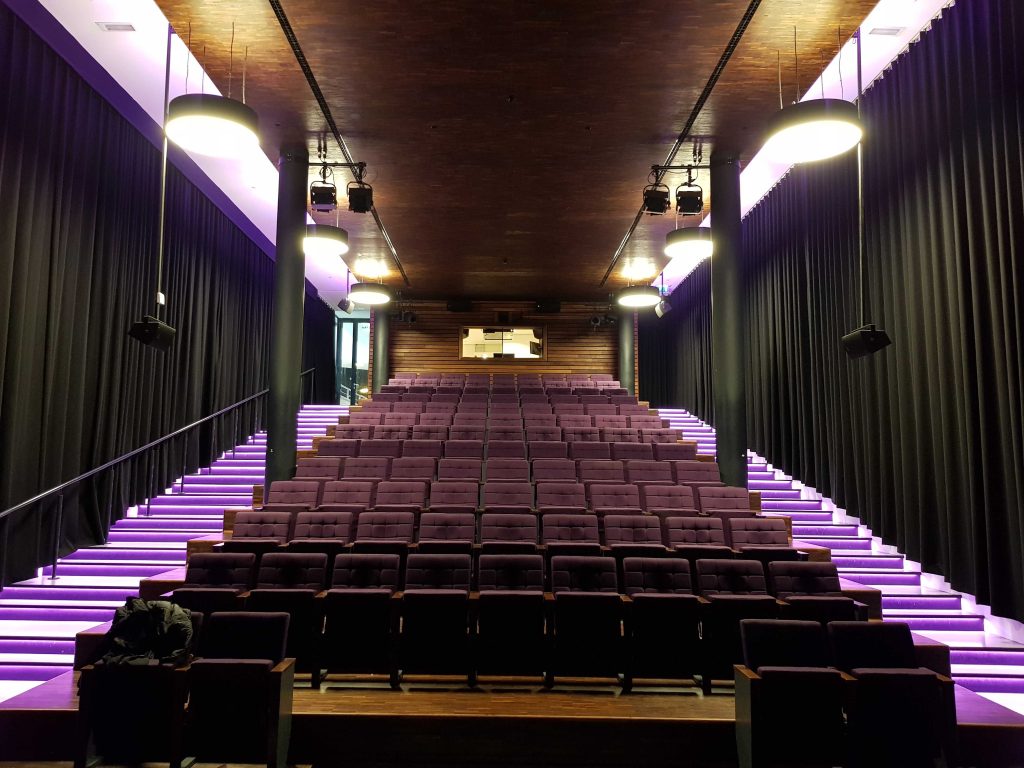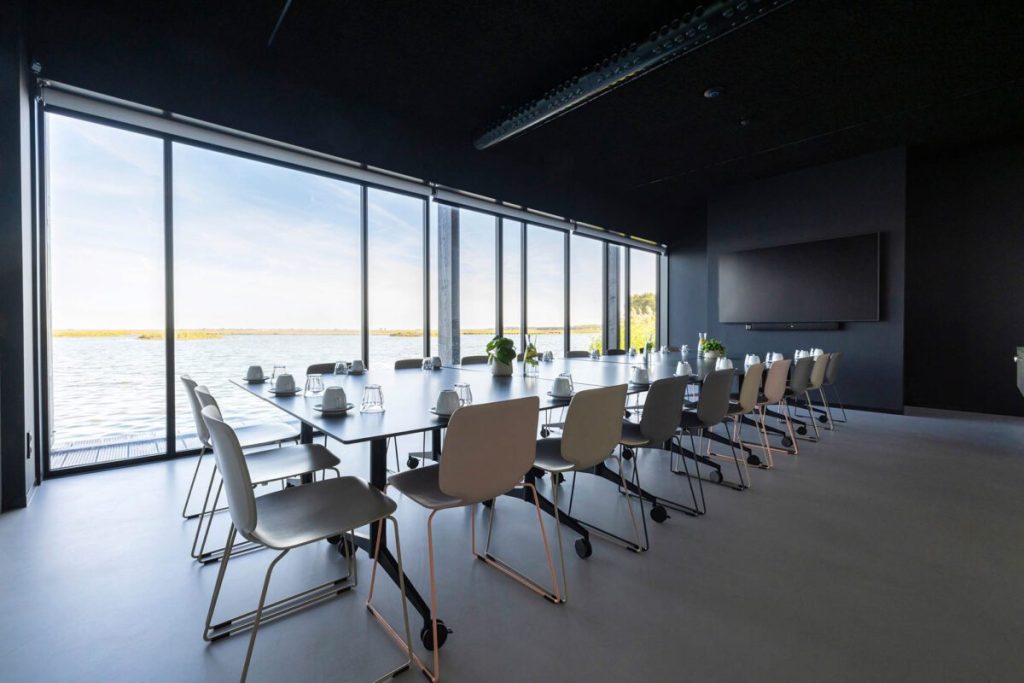We’ve all experienced it: an online meeting in which someone spends five minutes trying to figure out where the “unmute” button is, while another person echoes mysteriously in the distance. Video conferencing is a marvel of modern technology, but why does one meeting feel smooth and productive, while another is an energy-guzzling experience?
The science behind effective video meetings
Research shows that video conferencing brings both cognitive benefits and challenges. According to a study published in Nature (2022), online meetings are perceived as more efficient, provided they meet a few crucial conditions:
- Good audiovisual quality reduces mental strain.
Our brain is programmed to pick up micro-expressions and subtle non-verbal cues. Delays in video or choppy sound force us to work harder to understand the message. So a stable, high-quality connection with good picture and sound is not just a luxury, but a neurological necessity. - Clear visual presentation improves collaboration.
Research shows that screen sharing and visual support (such as whiteboards or slides) contribute to better understanding and decision-making. But if the resolution is too low and texts become blurry, we actually lose focus. - Ease of use prevents ‘technological frustration’.
Few things undermine the energy of a meeting as quickly as technical problems. The fewer buttons and complicated settings, the better. The best systems are intuitive: log in, click, done. - The ideal meeting room prevents ‘Zoom fatigue’.
The phenomenon of ‘Zoom fatigue’ comes not only from too much screen time, but also from poor ergonomics and unfavourable lighting. A well-appointed room, with correct camera set-up and acoustics, makes a huge difference.
Smarter meetings start with the right technology
Based on these insights, modern video conferencing systems are designed to optimise the experience. These include:
- Automatic noise cancellation, so the neighbour’s lawnmower doesn’t take over your presentation.
- Cameras that automatically zoom in on the speaker, making non-verbal communication more visible.
- Instant compatibility with Microsoft Teams and Zoom, without having to wait for a three-hour software update first.
- Large-screen displays with 4K resolution, so you don’t have to guess whether your colleague is really nodding in agreement or just suffering from a faltering connection.
The future of video conferencing: what will change?
With the rise of AI-driven meetings, we will increasingly see tools that create automatic summaries, generate action points and even analyse participant fatigue levels. The question is no longer whether companies should invest in better video conferencing, but how to do it smartly to optimise collaboration.
Time for smart meetings!
Want to transform your online meetings from ‘hello, can you hear me?’ to productive, enjoyable conversations? Then take a look at technologies that are not only user-friendly, but also scientifically proven to contribute to better collaboration.











